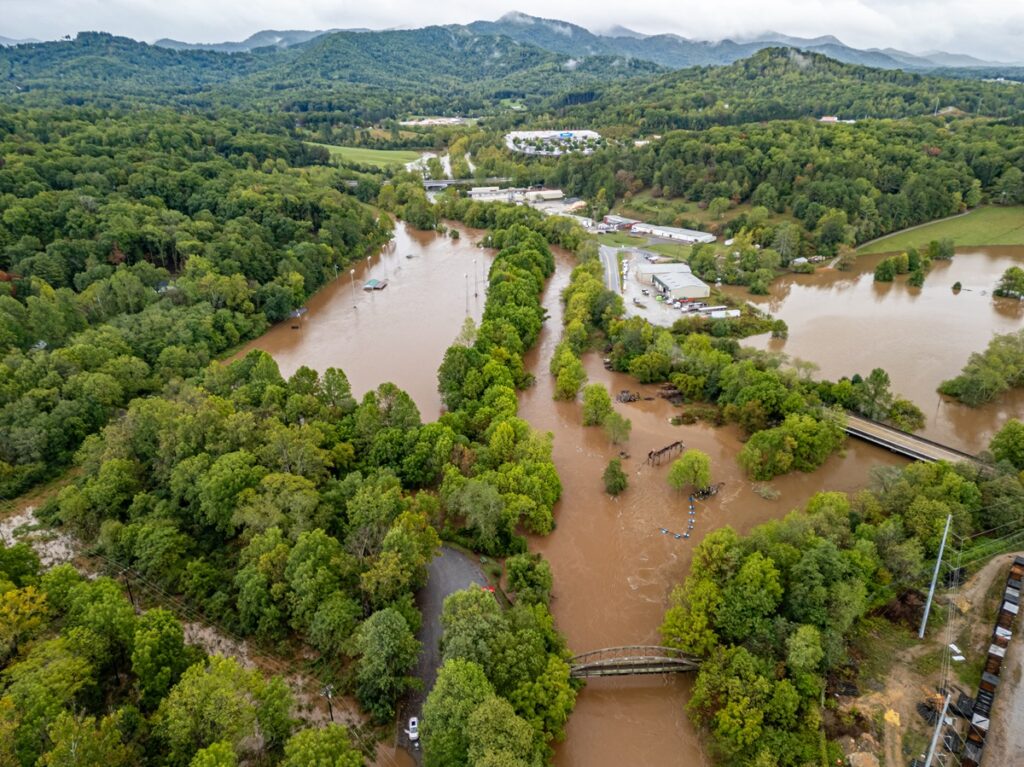The U.S. Department of Housing & Urban Development (HUD) has announced nearly $4.8 million to support people experiencing homelessness in communities across North Carolina and South Carolina recovering from Hurricane Helene. Through HUD’s Rapid Unsheltered Survivor Housing (RUSH) program, funding will be allocated to the following areas to address needs not fully met by existing federal disaster relief programs:
- Winston-Salem, North Carolina ($548,000);
- Charlotte, North Carolina ($1,000,000);
- Greenville County, South Carolina ($162,699);
- Lexington County, South Carolina ($108,780); and
- The State of South Carolina ($2,957,704)
The funding announced is the latest response and recovery action by the Biden Administration to provide families, business owners, farmers, and other impacted communities with the support and assistance they need following Hurricane Helene’s devastating impacts across the Southeast and Appalachia.
“When disaster strikes, people experiencing homelessness need immediate help” said HUD Agency Head Adrianne Todman. “HUD is committed to partnering with state and local leaders in South Carolina and North Carolina to deliver lifesaving assistance in the aftermath of Hurricane Helene.”
Calculating the Costs
North Carolina Gov. Roy Cooper’s administration estimates the flooding and destruction caused by Hurricane Helene in western North Carolina caused at least $53 billion in damages. The state’s previous record for storm damage was $17 billion from Hurricane Florence, which struck eastern North Carolina in 2018.
Helene, a Category 4 hurricane that made landfall on September 26, caused flooding across Florida, North Carolina, South Carolina, and Georgia. CoreLogic calculates that Hurricane Helene caused between $30.5 billion and $47.5 billion in total wind and flood losses across 16 states.
And while the Federal Emergency Management Agency (FEMA), the American Red Cross, and local community members have stepped up to assist survivors, the severity of the damage and displacement experienced in the State of South Carolina has exceeded local capacity, more assistance is needed. RUSH funding was intended to address the immediate unmet needs for homelessness assistance and homelessness prevention in declared disaster areas by supporting people who experienced or were at risk of homelessness before the disaster. Funding provided by HUD will allow the state and localities to provide emergency shelter, rapid re-housing, which provides up to 24 months of rental assistance, financial assistance, and supportive wrap-around services.
“The RUSH program will fill the gaps in federal assistance, specifically reaching people who are most vulnerable in the wake of disasters,” said Marion McFadden, HUD’s Principal Deputy Assistant Secretary for Community Planning and Development. “HUD remains committed to strengthening our support for disaster impacted communities moving forward.”
RUSH funding provides rapid assistance under the Emergency Solutions Grant program for individuals and families who are experiencing homelessness or at risk of homelessness in eligible declared disaster areas where FEMA has activated Transitional Sheltering Assistance (TSA). TSA funding is available to help communities provide outreach, emergency shelter, rapid re-housing, homelessness prevention assistance, and supportive services.
HUD and FEMA recently published a report on the Pre-Disaster Housing Planning Initiative to promote collaborative approaches to disaster housing recovery challenges, and to bolster state planning for housing recovery before disasters occur. These steps will strengthen the agency’s disaster and resilience work and expedite the recovery process for communities so that assistance can quickly reach those who need it most.
The Pre-Disaster Housing Planning Initiative advances three major recommendations:
- The report contends that existing housing issues must be identified and addressed before a disaster occurs.
- Second, the report argues that states must have the ability to share information with one another.
- Finally, the report draws attention to the fact that every community impacted by a disaster has different needs and suggests that, as a result, federal resources must be flexible enough to address these different needs.







